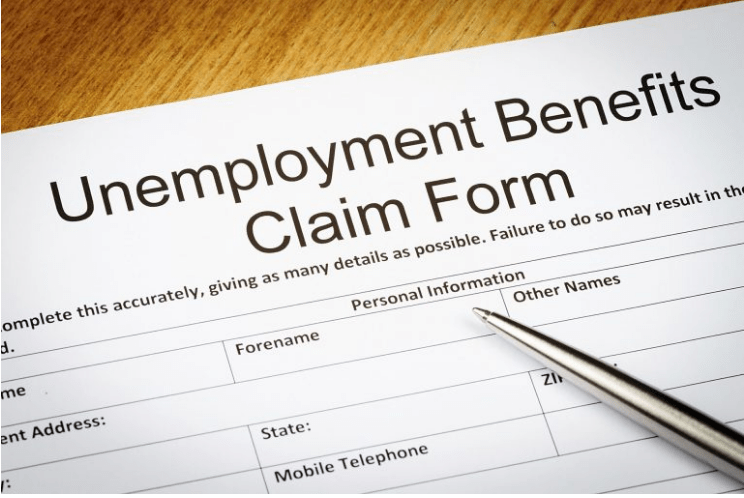New claims for unemployment benefits fell to 547,000 last week — well below the Dow Jones prediction of 603,000 and an all-time low in the pandemic. The number of continuing claims also fell by 34,000 to 3.67 million in total. At the beginning of the pandemic, jobless claims shot up to 6.2 million, shattering the previous October 1982 record of 695,000. 14.7 percent of the population was unemployed in April 2020, but the number currently sits around 6 percent.
The decrease in jobless claims signifies the rapidly accelerating recovery of the United States, as now approximately half of the population has received at least one vaccination against Covid-19, and around 33 percent of the population is fully vaccinated. As more of the population becomes vaccinated against Covid-19, businesses can continue to hire more employees, and state governments can ease their safety regulations.
Many of the new jobs are in industries that took the biggest hit at the beginning of the pandemic. Education, government, construction, and leisure and hospitality services account for 627,000 of the new jobs created last month as business returns to normal and in-person education resumes. Of the 280,000 jobs created last month in the leisure and hospitality sectors — which lost 8.2 million jobs at the start of the pandemic — 176,000 are in the food service industry.
Although recovery is accelerating, there is still a long way to go to reach pre-pandemic levels in the economy. The current unemployment rate sits at around six percent, compared to just 4.4 percent in March 2020, when the pandemic began. The difference amounts to approximately eight million more people out of work than before the pandemic.
Increasing vaccination rates is the only way that the economy can hope to return to pre-pandemic levels. The United States reached a 50 percent vaccination rate merely a day after Covid-19 claimed a total of three million lives around the world. While the United States is one of the countries with the highest vaccination rates, it still falls below Israel — the nation with the highest rate — the UK, Chile, and the UAE.
To achieve a higher vaccination rate, the United States government needs to appeal to rural, Republican-voting citizens to get their vaccine. States like Maine, New Hampshire, and Connecticut have the highest vaccination rates, while Tennessee, Louisiana, Mississippi, and Alabama are the lowest in the nation. Data suggests that rural citizens are much less likely to be willing to get the vaccine and that 36 percent of Republican voters are unwilling to get the vaccine, compared to only 12 percent of Democrats. People living in cities and suburbs are also much more willing to get the vaccine than their rural counterparts, with only around 25 percent saying that they would probably not get the vaccine. The United States government needs to embrace vaccine education efforts to increase the likelihood that more Americans will take their Covid-19 vaccines.
